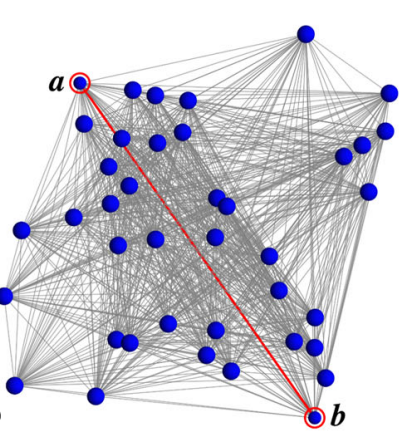by Prof. Claudio Conti, Sapienza University of Rome
One of the main goals of the HEISINGBERG project is realizing networks of connected spins to find the optimal solution to combinatorial optimization problems. In HEISINGBERG the spins are encoded into optical beams, whose quantum features, like squeezing or entanglement can be tailored.
The way quantum states propagate into designed networks or, more in general, the properties of quantum networks are one of the most important frontiers in modern science. Their applications go beyond computing, and involve quantum simulations and telecommunications. One specific issue is how to design the network to allow transmission of information and maintain “quantumness”.
Members of HeIsingberg Pathfinder consortium from the University Sapienza, in collaboration with the Institute for Complex Systems of the National Research Council (ISC-CNR), have developed a new algorithm to design the topology of an optical network for intrinsically secure quantum transmission. The manuscript has been published in the journal npj Quantum Information.
The rate and security of quantum communications between users placed at arbitrary points of a quantum communication network depend on the structure of the network, on its extension and on the nature of the communication channels. The authors propose a strategy for the optimization of trusted-relays based networks that intertwines classical network approaches and quantum information theory. Specifically, by suitably defining a quantum communication efficiency functional, the authors identify the optimal quantum communication connections through the network by balancing security and the quantum communication rate. The optimized network is then constructed as the network of the maximal quantum communication efficiency connections and its performance is evaluated by studying the scaling of average properties as functions of the number of nodes and of the network spatial extension.

Maximal Quantum Communication Efficiency Network obtained using the optimization algorithm developed by the authors. The networks topological length maximizes the average capacitance
